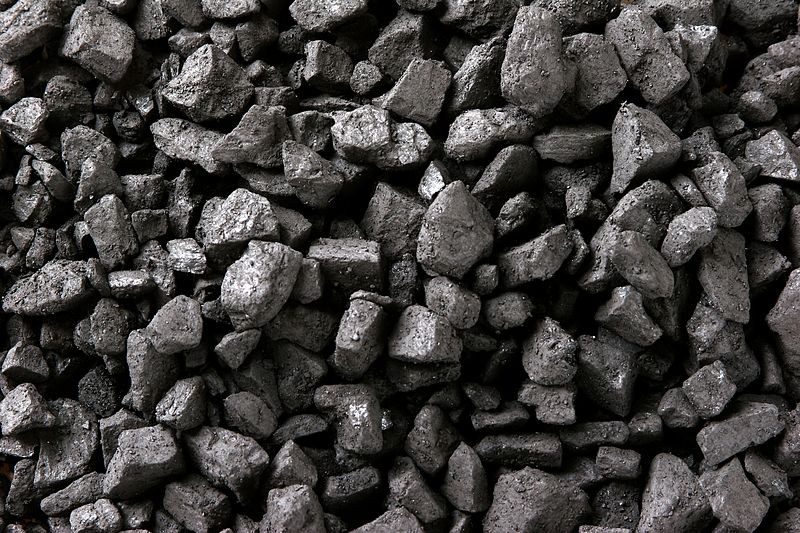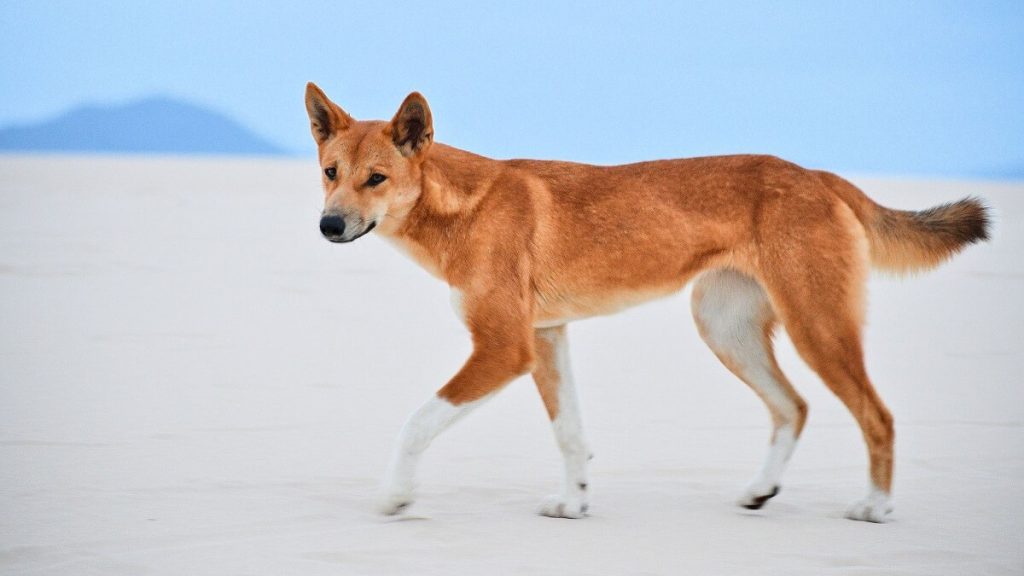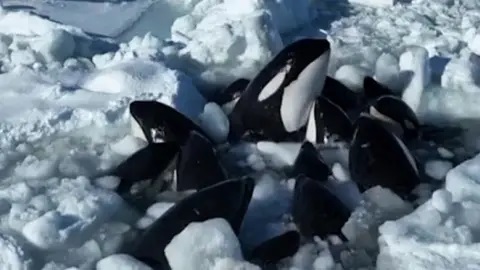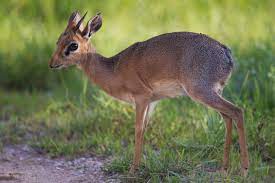These kelp forests have an essential little helper for its survival. It has become clear that sea otters are essential members of communities of the kelp forests off the coast of California. Sea weed, which includes Kelp, locks away around 200 million tonnes of carbon each year and so are an essential part of the fight against global warming.
Continue reading “A new study from Monteray Bay Aquarium has once again highlighted the importance of sea otters for the health of the Kelp forests”Climate stripes

This image is a fantastic way to be able to see climate change. Created by Professor Ed Hawkins in 2018, it shows the changing in temperature over the last 2 centuries.
Blue lines show years where the yearly average temperature is lower than the overall average (and the darker the further below the average). The red is the opposite.
While it does not need pointing out, can you see how dark it has got in the last few years.
Below is a short video about the stripes with their creator explaining them.
Killer whales trapped in drift ice off the coast of Hokkiaido in Japan have got free
This pod of Orca have been trapped, with only this small opening to breathe from. Unlike other marine mammals, orca generally stay close to the surface, and breathe regularly, which can make this a death trap.
While Orca have been timed, holding their breathe for 15 minutes, they usually take shallow dives of up to a minute, or deeper dives lasting 3-4 minutes. While Orca can hit speeds of almost 30 miles per hour, this is usually only over short distances, and they could not sustain this for long under water – especially without being able to take a breathe.
Thankfully, in the last few hours, these animals have managed to get free.
Platinum Rhino, the worlds largest captive rhino breeding operation sold to africaparksnetwork! (update, instagram embed did not work)
Hearing this news, one might think “great, another 10-20 rhino”? Think again.
Platinum rhino holds as much as 15% of the current wild population in its operation -2000 individuals. Here is an instagram on the news!
This could be great! Current rhino numbers are estimated to be in the low 2000, down 79% since 2011. Releasing the whole herd back into the Kruger could allow numbers a sizable boost, and rapidly move the kruger back towards its former stronghold of the white rhino. However, in the first half of 2023 over 200 rhino were poached from the Kruger, suggesting that this is not going to be easy.
Unfortunately, the Kruger is already one of the best preserved large reserves in the world. Thankfully, rhino horn has dropped in value from its peak in 2012 of $65,000 per kg, down to a current $8000 per kg. It would be good to depress this further, however the risks for the poacher are very high: not only are many poachers killed by the rhino, they are also often killed by other wildlife such as lions – and the Kruger has a sizable number of man-eating specialists.
I suspect the organization will spread the rhino around, across many of their reserves. Hopefully the recognition that farms like this make no sense, will allow them to thrive back in the wild.
Education is still needed in China, Vietnam and elsewhere. Rhino horn is the same substance as your finger-nails, Keratin. Consuming it will make no difference to any medical condition, science has tried to show any positive health benefit, and can see nothing scientific – at best a placebo effect.
Below, is a video about this farm, 6 years ago back in its heyday. Hopefully, all these rhino can recover white rhino populations far and wide.
Mink have been eradicated from East Anglia, now the country?
Mink are an invasive species, which have arrived in the UK for fur farms and then either escaped, or been released by so called ‘animal lovers’.
While I do not approve of mink farms, this is a very foolish behaviour. The American mink, not surprisingly, is not a native of the UK, and while there is a European mink, it has never been present in the UK.
So, why are they problematic? Well, like any invasive species, they tend to hunt in different ways to native species, and can rapidly eradicate species that have always lived here,
In the UK, the species that is most at risk is the water vole! Since the arrival of the mink, it has been lost from most of the UK. They are essential for healthy rivers and as such mink cause damage (they also take many water birds).
The wildlife recovery trust, set up a defensive wall of traps, around this county, and used scent from the minks own glands to tempt in the species. This has been incredibly successful, and they have been declared extinct in the county (once caught they are shot).
Conservationists are now planning to extend this method to the rest of the UK. Thankfully, a second line of defence is reappearing – the otter. Reduced to near extinction by pollutants in the waterways, they have recovered over the last 20 years, and generally push mink out, fast, when they return to a waterway.
For the first time, there is hope that we might eradicate this animal that has done so much damage to the UK waterways environment.
Paignton zoo in Devon has a baby Dik-Dik
The dik-dik is a small antelope, found in East Africa. I have been lucky enough to encounter them on many occasions, when on safari in Kenya.
They tend to move around in pairs, and the bond is so strong, it is not uncommon for them to follow each other out in front of cars.
With a population of almost 1 million, this species is listed as least concern, never-the-less it is of great interest to see it in captivity.
Paignton zoo had a baby dik-dik arrive on new years day, so it will be even smaller than normal.
Is the USA beef market destined to crash?
Looking at who is eating the majority of beef in the USA is alarming for the future of the industry. This is because older generations are eating the vast majority. Beef was at its strongest in the 1970s, with the average amount of beef eaten per person in 1975 being around 90 pounds or 40kg, but having dropped to just 57 pounds or 25kg.
Chicken is now the USA most consumed meat.
While this might be bad for the beef industry, it is good for the climate. Beef produces around 10 times the greenhouse gases that poultry does, and 20-60 times the amount that is released getting the same nutrition from plants.
According to this study, just 12% of people were responsible for eating half of the beef consumed in the country.
Continue reading “Is the USA beef market destined to crash?”Transforming coal into protein for livestock feed uses 0.1% of the space!

Currently, land given over to growing animal feed accounts for 40 million square kg (15.4 million square miles). Given the worlds land mass accounts for almost 60 million square miles (160 million square km( this is a significant increase). This amount of land, freed up, could potentially allow a huge improvement in the amount of space given over to wilderness on the earth.
So where would we get protein for livestock feed?
Chinese scientists have created a method which allows the conversion of coal into protein – far more effectively than with plants. 0.1% of this land is required in this new system. It is true that this still accounts for 60,000 square miles,
So the process has a number of steps.
- The coal is transfored into methanol via gasification (this can now be done with a near zero carbon emissions)
- The methane is then fed to a special strain of Pichia pastoris yeast, which ferments the methanol, in order to produce a single-cell protein complete with a range of amino acids, vitamins, inorganic salts, fats and carbohydrates. There is far more protein in this than in plants and it can be used to partially replace the protein currently used
The conversion efficiency is at a remarkable 92%. This means that it is a cost effective replacement. Now, how much of the protein can be replaced, however a trial facility has already produced thousands of tonnes of this protein.
So if we assume that it cannot replace all of the protein, it seems reasonable to be able to replace 50% or 80% of the protein.
Even countries like the USA could free up thousands of square miles.
The idea that we could free up 30 -48 millions square kilometres (7.5 to 12 million square miles) to be returned to wilderness and carbon sinks among other purposes. If just half of this land was rewilded, it would allow large amounts of the land around the world to return to a wild state, which would help us cut emissions.
Now, it is true that this coal will be emitted as carbon at the end of the line, but if enough of the freed land is used for forest and similar, the net carbon gain can be huge.
More than 20 indigenous groups have called on the Australian government to stop culling Dingoes

For indigenous communities, killing dingoes are a cultural icon, and for them killing them is tantamount to killing a family member.
This has been raised more forcefully, after recent surveys showed that the Australian dingo is actually genetically very pure.
Given their classification of being native species, they should not be culled.
It is true that there is some question as to when the dingo arrived in Australia, and whether it arrived with early humans, however that would still mean that they arrived 50,000 years ago, which would definitely make them native in almost any regular description.


